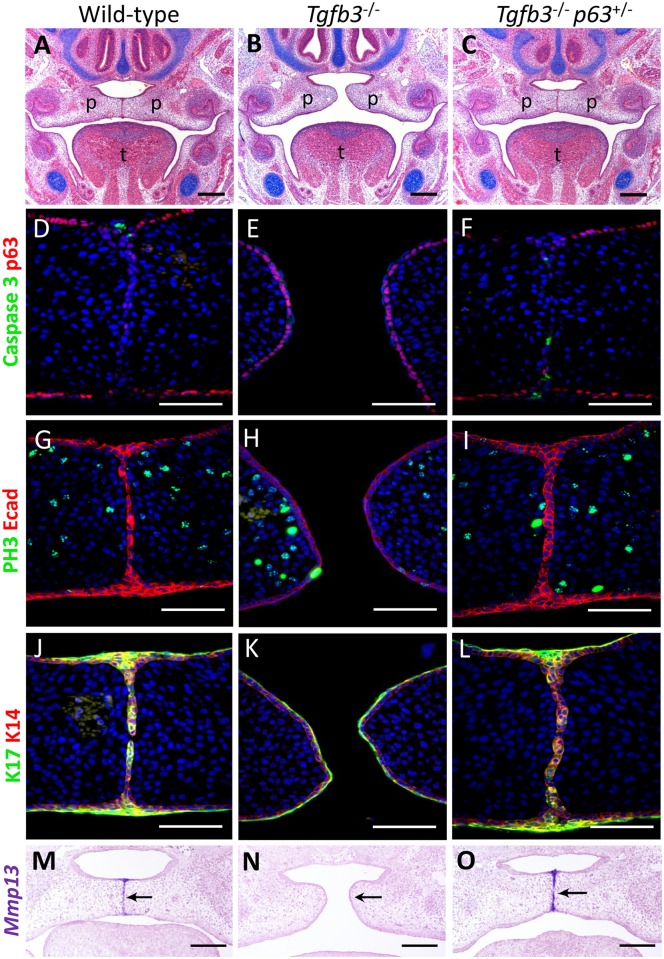Fig 1. Rescue of cleft palate in Tgfb3-/- mice by reducing p63 dosage in the medial edge epithelia.
(A) The palatal shelves of wild-type mice elevate, adhere and fuse to form a transient midline epithelia seam at E14.5 while (B) the palatal shelves of Tgfb3-/- embryos elevate but fail to adhere to, or fuse with, one another. (C) In contrast, reducing p63 dosage in a Tgfb3-/- background restores the wild-type phenotype. (D—I) In E14.5 wild-type mice, p63 expression is down-regulated in the MEE cells which cease proliferation and undergo apoptosis. In contrast, in E14.5 Tgfb3-/- mice, p63 expression is maintained in the MEE which continue to proliferate and do not undergo cell death. Reducing p63 dosage in a Tgfb3-/- background restores wild-type behaviour in the MEE. (J—L) In wild-type and Tgfb3-/-;p63+/- mice, keratin 17-positive periderm cells migrate out of the MEE to form the oral and nasal epithelial triangles, whereas in Tgfb3-/- mice, distinct keratin 14-positive basal and keratin 17-positive periderm layers persist and the palatal shelves fail to adhere/fuse. (M—O) Mmp13, which is absent from the MEE in E14.5 Tgfb3-/- mice (arrowed), is restored to a wild-type expression pattern in Tgfb3-/-;p63+/- embryos. p: palatal shelves; t: tongue. Scale bars: A-C & M-O, 250 μm; D-L, 100 μm.

